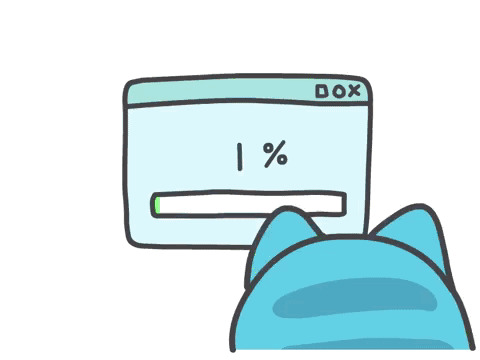数组与集合
一、集合与数组存储数据的概述
集合:数组都是对数据进行存储操作的结构,简称 Java 容器
说明:此时的存储,主要指的是内存层面的存储,不涉及到持久化的储存(.text,.jpg,avi,数据库中)
二、数组存储的特点
一旦初始化以后,其长度就确定了。
数组一旦定义好,其元素的类型也就搞定了。我们也就只能操作指定类型的数据了。
比如:String[] arr; int[] arr1; Object[] arr2;
三、数组存储的弊端
- 一旦初始化以后,其长度就不可修改。
- 数组中提供的方法非常有限,对于添加、插入数据等操作,非常不便,同时效率不高。
- 获取数组中实际元素的个数的需求,数组没有规定的属性方法可用
- 数组存储的特点:有序、可重复性、对于无序、不可重复的需求,不能满足。
四、集合存储的优点
解决数组存储数据方面的弊端。
Collection 接口
一、单列集合框架结构
- Collection接口:单列集合,用来存储一个一个的对象
- list接口:存储有序的、可重复的数据。(动态数组)
- ArrayList、LinkedList、Vector
- set接口:存储无序的、不可重复的数据 (集合)
- HashSet、LinkedHashSet、TreeSet
- list接口:存储有序的、可重复的数据。(动态数组)
对应图示

二、Collection 接口常用方法
| 方法 | 描述 |
|---|---|
| add(Object obj) | 将元素 obj 添加到集合 coll 中 |
| addAll(Collection coll) | 将 coll1 集合中的元素添加到当前的集合中 |
| isEmpty() | 判断当前集合是否为空 |
| clear() | 清空集合元素 |
| contains(Object obj) | 判断当前集合中是否包含 obj |
| containsAll(Collection coll) | 判断形参 coll1 中的所有元素是否都存在于当前集合中。 |
| remove(Object obj) | 当前集合中移除 obj 元素 |
| removeAll(Collection coll) | 从当前集合中移除 coll1 中所有的元素 |
| retainsAll(Collection coll) | 获取当前集合和 coll1 集合的交集,并返回给当前集合 |
| equals(Object obj) | 相同返回 true,需要当前集合和形参集合的元素都相同。 |
| hasCode() | 返回当前对象的哈希值 |
| toArray() | 返回一个包含此集合中所有元素的数组。 |
| iterator() | 迭代器遍历 |
| size() | 获取添加的元素的个数 |
三、Collection 集合与数组的转换
1 | //集合 ---> 数组:toArray() |
1 | //拓展:数组 --> 集合:调用Arrays类的静态方法asList(T ... t) |
四 、使用 Collection 集合存储对象,要求所属对象的类吗,满足
向 collection 接口的实现类的对象中添加数据 obj,要求 obj 所在类要重写 equals();
Iteratorj 接口与 foreach 循环
一、遍历 Collection 的两种方式
- 使用迭代器 iterator
- foreach 循环(或增强 for 循环)
二、说明
Iterator 对象成为迭代器(设计模式的一种),主要用于遍历 collection 集合中的元素。
GOF 给迭代器模式定义为:提供一个方法访问一个容器(container)对象中各个元素,而又不需要暴露该对象的内部细节。迭代器模式,就是为容器而生。
作用:遍历集合 Collection 元素
获取示例: coll.iterator()返回一个迭代器实例
遍历的代码实现:
1 | Iterator iterator = coll.iterator(); |
图示:

remove()使用说明
- 测试 Iterator 中的 remove()
- 如果还未调用 next()或在上一次调用 next()方法之后已经调用 remove 方法,在调用 remove 报 IllegalStateException。
- 内部定义了 remove(),可以在遍历的时候,删除集合中的元素。此方法不同于集合调用 remove()
代码示例:
1 |
|
三、JDK5.0 新特性 – 增强 for 循环:(forech 循环)
- 遍历集合举例
1 |
|
说明:
内部仍调用了迭代器。
- 遍历数组举例:
1 |
|









